BASIC RULES FOR PHOTOGRAPHING ARCHITECTURE. PART 1
When we talk about photographing architecture, we are basically referring to capturing images of a specific building, either inside or outside. And for this speciality of photography there are a series of rules that make the result more pleasing to the viewer.
The first thing to pay attention to is perspective. The eye, through the human mind, corrects the perspective of the things we see, and this is especially important when we are talking about buildings. If we do not place our camera sensor completely parallel to the building, the lines of the buildings will leak, since the lens of our camera does not have a correcting brain. We have all seen and taken pictures like these.
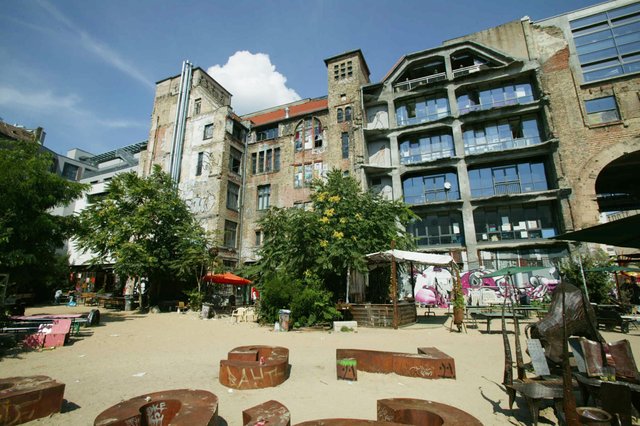
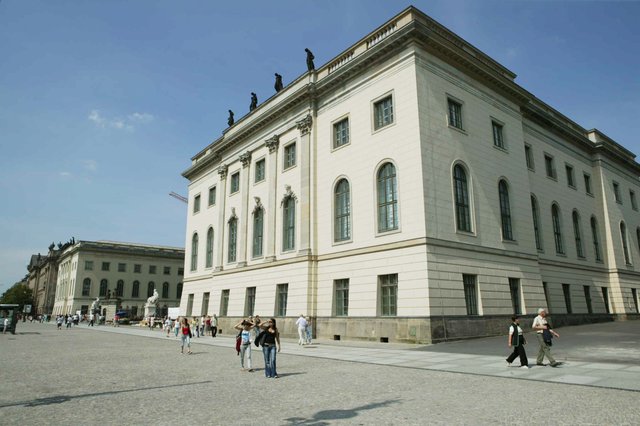
Photo 1 and 2
Graphical example of camera tilt with, and without tilt shift lenses.
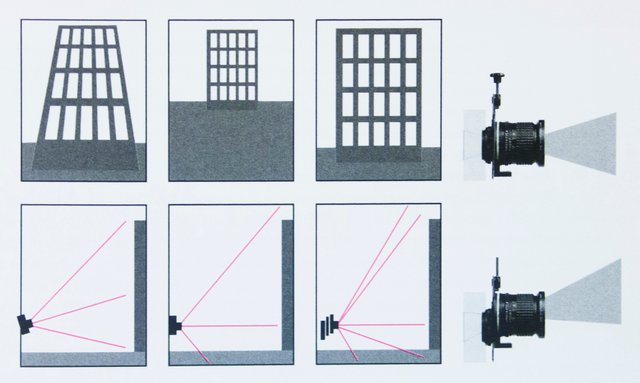
In a professional environment, these perspective leaks are corrected with specific lenses called tilt-shift, which are expensive and very heavy. But please don't panic, there are several software options for correction, and the good news is that almost all of the ones I'm going to mention are free, and there are even versions for mobile phones and tablets.
Almost everyone will have heard of the most powerful and well-known application for photo retouching, Photoshop. For those of you who have it, it has an excellent perspective correction tool. For mobile devices there is a light version.
Apart from Ps, which is paid, there is a marvellous programme, http://x.photoscape.org/, which in its free version has a lot of possibilities, including, if I remember correctly, lens correction. It is available for Windows and Apple operating systems and its paid version is very reasonably priced and performs at a professional level.
For mobile devices, tablets and phones, the one that works best is Snapseed for Android and Apple. It's simple, but you get pretty decent results and it's free. There is also a version for desktop computers.
Example of correction of photos 1 and 2 made with Photoshop:
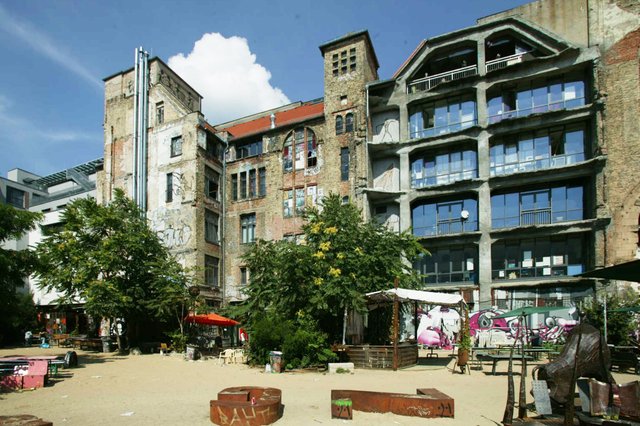
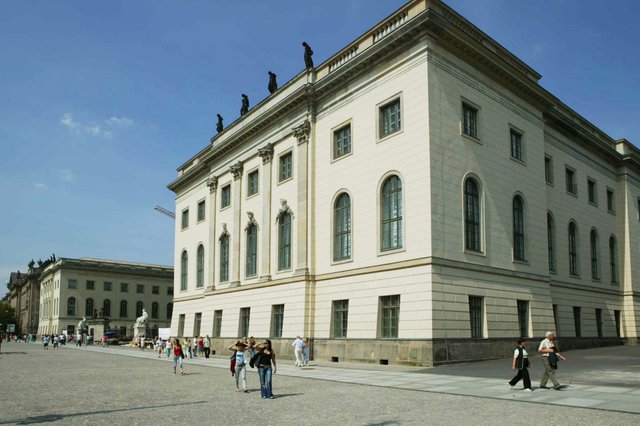
As you can see, in the correction process a small part of the image has been lost, so it is advisable to use angled lenses so that the final photo does not lose too much surface area once cropped.
Examples of how SnapSeed works on mobile devices
The tools, where the correction is called perspective.

The image without correction
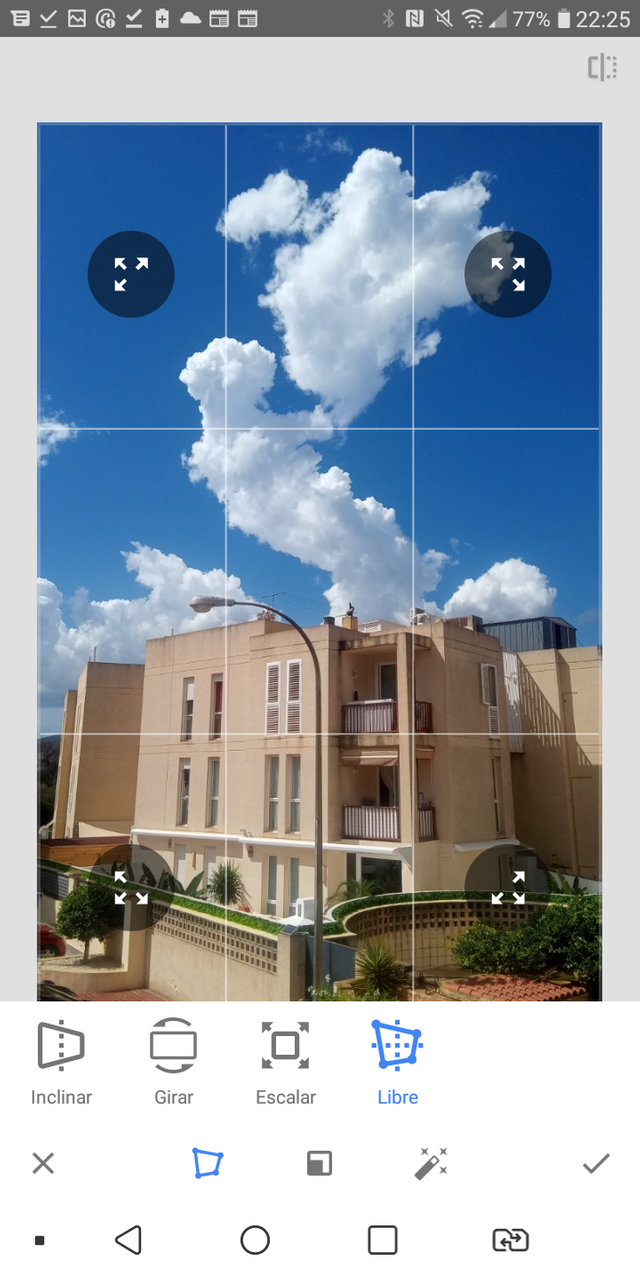
And the image corrected.
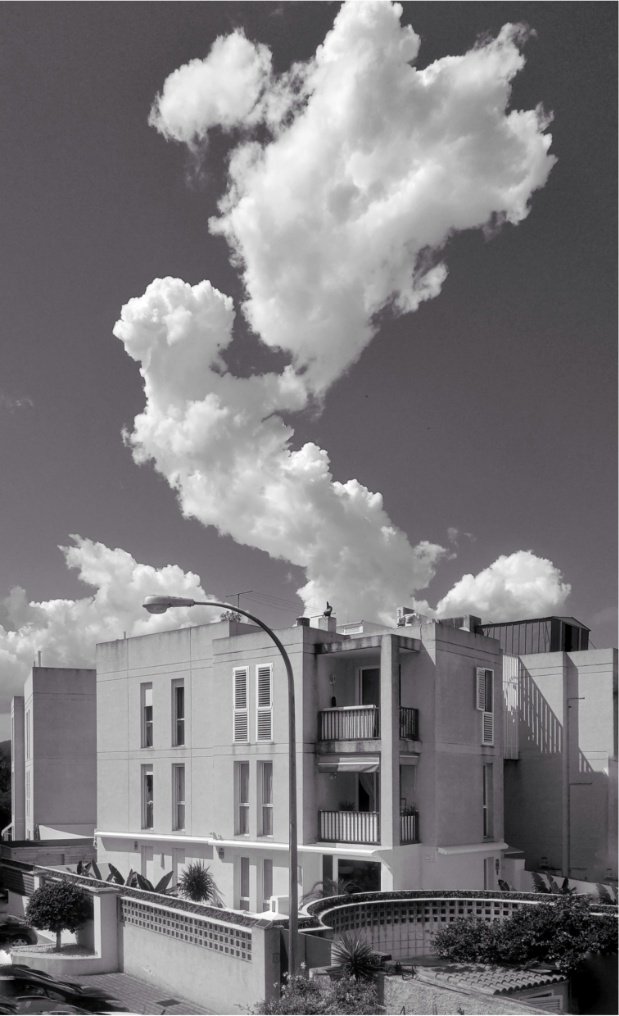
Also inside of buildings is advisable that perspective was corrected. Note the complete verticality of the walls.
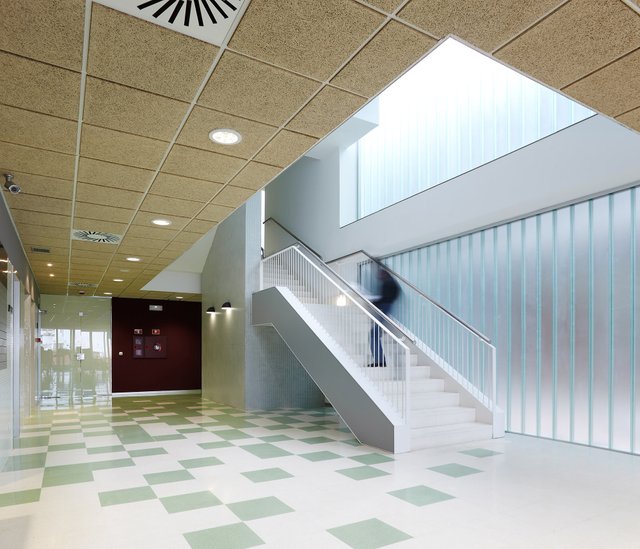
In the next issue we will give some more small tips to make our architectural photos look almost professional.
If you are interested, feel free to ask your questions.
Unless stated otherwise, all the pictures and the words are mine.
Do not use this images without my written permission.
Thanks for stopping by and taking a look.
Camera: Canon EOS 5 Mk III
Lens: Canon 16-35 f:2.8 and Canon 24Ts f:3.5
Processed with Capture One
The photos and the correction of the SnapSeed examples are authored by @silviadiez.
Upvoted! Thank you for supporting witness @jswit.
Thank you for this detailed explanation of how to get architecture correctly on our photo cameras. For amateurs when we do the pictures outside and on holiday we want to reflect of the beauty that we see but not always it is looking on picture as it is in reality. With those tips I am pretty sure the users can do their first steps and hope cold share the results :)
You are welcome @stef1!
The question you raise is the key to non-professional photography. Many times we are faced with a scene that, subjectively passed through our brain and our emotions, seems wonderful to us and then the image that the camera gives us disappoints us enormously, and the thing is that the machine has neither brain nor emotional sense, so we have to make up for what the device with which we are shooting does not have by means of light, composition and technology. This is the reason why the vast majority of photography courses are filled with students who are disappointed with the results of their photos.
Many thanks indeed for commenting.
Your post is manually rewarded by the
World of Xpilar Community Curation Trail
STEEM AUTO OPERATED AND MAINTAINED BY XPILAR TEAM
https://steemit.com/~witnesses vote xpilar.witness
Many thanks @worldofxpilar for supporting my work. It is highly motivational.
Hello, Xavier!
This is a good lesson for learning the secrets of photography. Very often people take pictures in cities and buildings or people against the background of buildings. The violation of proportions and perspective greatly affects the perception of these objects.
I want to add a little touch . According to my observations, our brain does not see buildings strictly in geometric parallels. Straightening the littered or collapsed walls of buildings, it makes sense to leave them slightly converging upwards. That's how we see them in natural conditions. This is familiar to our brain.
If you edit the photo and the verticals are absolutely parallel, it will be rather unusual for the brain and the building will look a little unnatural. Although there may be a special beauty in this. It all depends on the task at hand.
This is just my opinion and it may be wrong :)
I'm waiting for your lessons to continue :)
ххххххххххххххххххххххххх
Привет, Xavier !
Это хороший урок для познания секретов фотографии. Очень часто люди фотографируют именно в городах и именно здания или людей на фоне зданий. Нарушение пропорций и перспективы сильно влияет на восприятие этих объектов.
Хочу добавить маленький штрих . По моим наблюдениям наш мозг видит здания не строго в геометрических параллелях. ВЫправляя заваленные или разваленные стены зданий есть смысл оставлять их слегка сходящимися кверху. В естественных условиях мы их так и видим. Это привычно для нашего мозга.
Если отредактировать фото и при этом вертикали будут абсолютно параллельны, для мозга будет скорее непривычно и здание будет выглядеть чуть-чуть неестественно. Хотя в этом может быть особая красота. Всё зависит от поставленной задачи.
Это только моё мнение и оно может быть ошибочным :)
Я жду продолжения твоих уроков :)
Hi @bambuka, Thank you very much for this very interesting reasoning.
I completely agree with you that the distortion of proportions and perspective greatly affects the perception of buildings, and there are two factors that influence that perception. As you rightly said, perspective is one, and the other is the type of lens we have on our camera. Regarding the first, the great Leonardo da Vinci said 'the point of view changes the perspective', so if we move, that perspective can be corrected. Regarding the second, when we photograph architecture, especially outdoors, if we use wide-angle lenses, almost always if we do not take distance, the distortion and the leakage of lines is very evident and unpleasant to the eye.
Regarding the second point, I don't agree so much. The brain does correct for line leakage, for perspective. The clearest example is in painting, long before photography was discovered, the paintings in which there are buildings, these are with the perspective corrected. There is no painter in the street with his easel who draws buildings with uncorrected vanishing lines, all the walls are completely vertical. This is completely instinctive as it is our brain that corrects it on an unconscious level.
I reiterate my thanks for your contribution to the topic.
Español
Hola @bambuka, Muchas gracias por este razonamiento tan interesante.
Estoy completamente de acuerdo contigo en que la distorsión de las proporciones y la perspectiva afecta en gran medida a la percepción de los edificios, y hay dos factores que influyen en esa percepción. Como muy bien has comentado, la perspectiva es uno, y el otro es el tipo de lente que tengamos puesto en nuestra cámara. Referente a lo primero, ya lo dijo el gran Leonardo da Vinci 'el punto de vista cambia la perspectiva', o sea que si nos movemos, esa perspectiva se puede corregir. Respecto a lo segundo, si cuando fotografiamos arquitectura, sobre todo en el exterior, utilizamos lentes gran angular, casi siempre si no tomamos distancia, es que la distorsión y la fuga de lineas se muy evidente y poco agradable a la vista.
Respecto al segundo punto, ya no estoy tan de acuerdo. El cerebro si que corrige la fuga de las lineas, la perspectiva. El ejemplo más claro lo tenemos en la pintura, mucho antes de que se descubriera la fotografía, los cuadros en los hay edificios, estos están con la perspectiva corregida. No hay ningún pintor que se sitúe en la calle con su caballete que dibuje los edificios con la fuga de las lineas sin corregir, todas las paredes son completamente verticales. Esto es completamente instintivo ya que es nuestro cerebro que lo corrige en un plano inconsciente.
Reitero las gracias por tu aportación al tema.
Tal vez mi cerebro se reorganizó de alguna manera... pero si miro el edificio (especialmente con una mirada difusa) veo cómo las líneas de sus paredes convergen ligeramente en perspectiva. Pero al mismo tiempo, sé con certeza que son paralelos. Me recuerda el efecto de la visión central y periférica. Nitidez en el centro y desenfoque en los bordes. Esto es exactamente lo que nos dan las lentes))
Por supuesto, los artistas pintan la arquitectura por el marcado previo (preste atención a las lecciones Jorge y tienden a tener líneas de edificios paralelas. Pero a veces distorsionan específicamente este paralelismo y obtienen efectos interesantes:)
También he sustituido que el resultado de la fotografía de un edificio (y los árboles en el bosque) depende en gran medida de la inclinación de la cámara/lente en relación con la vertical. Tiene sentido alejarse del objeto lo más lejos posible (si el espacio lo permite). En casos extremos, al posprocesar el exceso siempre se puede recortar:)
ххххххххххххххххххххххххххххххххххххххххххх
Возможно мой мозг каким-то образом перестроился... но если я смотрю на здание (особенно рассеянным взглядом) я вижу как линии его стен слегка сходятся в перспективе. Но при этом я точно знаю, что они параллельные. Это мне напоминает эффект центрального и периферийного зрения. Резкость в центре и размытость по краям. Это как раз то, что нам дают объективы))
Конечно, художники рисуют архитектуру по по предварительной разметке (обрати внимание на уроки Jorge и у них как правило линии зданий параллельны. Но иногда они специально искажают эту параллельность и получаются интересные эффекты:)
Ещё я заменил, что результат съёмки здания (и деревьев в лесу) сильно зависит от наклона камеры/объектива по отношению к вертикали. Имеет смысл отходить от объекта как можно дальше (если позволяет пространство). В крайнем случае при постобработке лишнее можно всегда обрезать :)
Hello again @bambuka
Thank you very much for your comment.
I love the debate you have opened. Very interesting. Although what you comment is featured in the second part of the mini course about architectural photography. And it's not that I don't want to continue debating, it's that that second part would be done in this thread.
Let's continue!
Español
Hola de nuevo @bambuka
Muchas gracias por tu comentario.
Me encanta el debate que has abierto. Muy interesante. Aunque lo que comentas está incluido en la segunda parte del mini curso de fotografía de arquitectura. Y no es que no quiera seguir debatiendo, es que esa segunda parte se haría en este hilo.
¡Seguimos!
Heh... I haven't seen the second part yet... it is necessary to correct the situation))
It's coming soon.
I'll be waiting, let me know if anything :))
Already published.
https://steemit.com/hive-185836/@xaviduran/basic-rules-for-photographing-architecture-part-2
Hola amigo @xaviduran muchas gracias por tan valiosa información, gracias por compartir su conocimiento. Un abrazo.
Hola @lili21
Para eso estamos, para compartir conocimiento, que es la base de evolución, tanto personal como colectiva.
Salud y abrazos.
ENG
Hello @lili21
That's what we are here for, to share knowledge, which is the basis of evolution, both personal and collective.
My best
Hello, very good tutorial. According to what I could understand, what is done when correcting the perspective is that the vertical lines look vertical with respect to the frames of the photo.
I really liked the snapseed data since it is an application that I have available. Although I use more lightroom for editing, it is worth saying that I only use smartphone versions, since that is where I take the photos.
I will continue with the second tutorial 😊
Interesante.... Debo leer más e investigar acerca del tema. Gracias por el aporte de estos conocimientos para tener en cuenta a la hora de ejecutar este tipo de arte fotográfico.
Gracias
Gracias a ti también por tu amable respuesta, por tu actitud positiva y tus ganas de aprender.
Great post with great advice. I read it late and couldn't give a big upvote, but I'm posting this comment anyway
Hello again @stefano.massari,
When I replied to you, I didn't realise that I was doing it in the tutorial 4 months ago. I don't know if you have seen it, but until yesterday the contest on architectural photography was open, to which I made reference in the previous message.
https://steemit.com/hive-185836/@xaviduran/architectural-photography-contest-2nd-edition-or-booming-support
As I told you, I'm going to run it again today, although the success has been scarce with only one participant, I think that with a wider diffusion, there can be more participation.
Thanks for your interest.
Many thanks for your support Stefano.
I'm going to run at least another edition of the contest, so I will keep you informed.